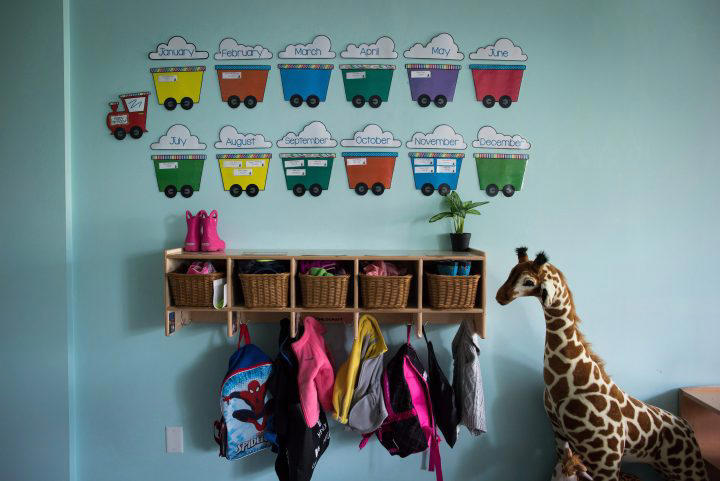Archeology service vital to industry, community
Thunder Bay, Ont. — Ten years after archeologists David Norris and Arlene Lahti began an archeological business in their basements, their Woodland Heritage Northwest service has become a critical component to many area industries, with mining being at the top of the list.
Norris, who is the company’s project archeologist, says archeological assessments for any type of new development that’s occurring on the land are required by the regulatory body of the Ontario Ministry of Citizenship and Multiculturalism, which licenses them.
“Sometimes (our work) involves doing assessments on stuff that’s already developed, for instance, the waterfront where there was an archeological assessment done when they put in the hotels there,” Norris said. “If it’s deep enough that they’re going to disturb it, an archeological assessment would be required. This generally involves the mines, power lines and infrastructure cycling through Northwestern Ontario.”
Woodland Heritage Northwest is a Metis-based company that provides assessments for individual landowners who need property severances.
“We go in prior to any development to see if there are any artifacts or campsites that may be on the ground, we excavate them as per the regulations and help companies, proponents and Indigenous communities mitigate these types of circumstances,” Norris said.
“We work quite closely with a lot of First Nation communities to ensure that their concerns are heard and that they’re addressed from the community level.”
The company works with Lakehead University’s archeology field students and employs seven people with two additional ones expected this summer.
“We can’t hire people fast enough to get the work that we need to be done and that’s why we partnered with the university to help us train individuals,” Norris said. “We like to hire students.”
Yet, it’s working closely with Indigenous communities that prove to be some of the most rewarding work they do.
“One of our bigger focuses now is to work with (Northern) communities and hire from within the community,” Lahti added. “We go in and do archeology in their areas and we love it when they want to participate with us. We’ve hired them for those projects or longer periods depending on the work and it’s really just trying to build those partnerships and relationships with people in the North here.”
Norris called it a “win-win” and said they really “enjoy people who enjoy the North.” He says the North contends with its own challenges and logistics and both their company and the people that live there truly love being there.
“It just really fits with our mission,” Lahti said. “Being an Indigenous company ourselves, working with Indigenous communities, building partnerships and finding that win-win for all the work that has to get done up here, why not have the people who live here, work here and profit from that?”
Norris called archeology a “tool” which he says links land use to the history of the land.
“Communities can use this as tangible evidence to create arguments that they’ve utilized that land and have been on that land for an exceptionally long period of time,” he said.
“I think Indigenous voices are becoming louder within Northwestern Ontario and we like to be sort of a pedestal with which they can stand on to make their concerns heard.”
Norris described Woodland Heritage Northwest as a for-profit business, which he says is a consulting firm. They are always investing in its growth by putting money back into the company.
Sandi Krasowski, Local Journalism Initiative Reporter, The Chronicle-Journal









